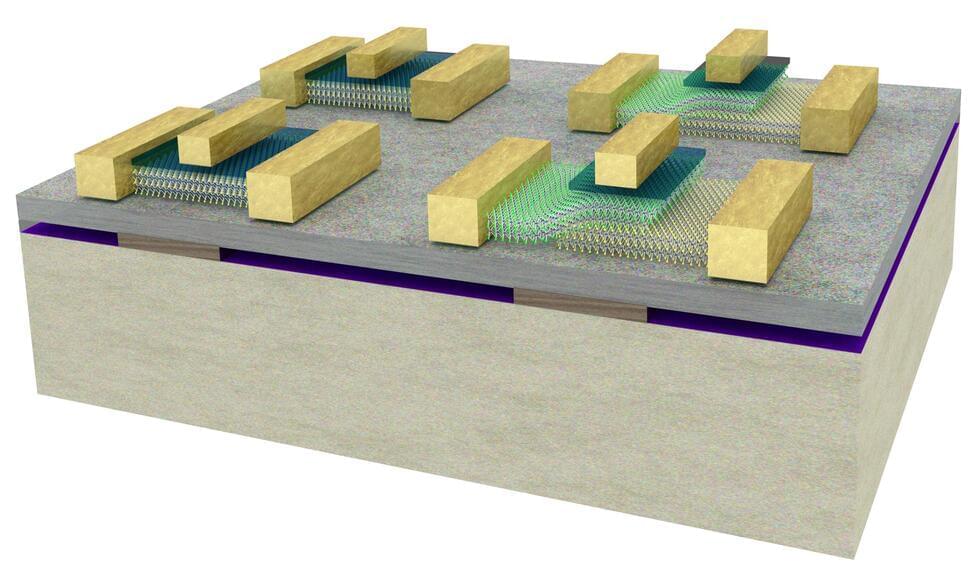We live in an analog world of continuous information flow that is both processed and stored by our brains at the same time, but our devices process information digitally in the form of discrete binary code, breaking the information into little bits (or bites).
Researchers at EPFL have revealed a pioneering technology that combines the potential of continuous analog processing with the precision of digital devices. By seamlessly integrating ultra-thin, two-dimensional semiconductors with ferroelectric materials, the research, published in Nature Electronics, unveils a novel way to improve energy efficiency and add new functionalities in computing. The new configuration merges traditional digital logic with brain-like analog operations.
The innovation from the Nanoelectronics Device Laboratory (Nanolab), in collaboration with Microsystems Laboratory, revolves around a unique combination of materials leading to brain-inspired functions and advanced electronic switches, including the standout negative capacitance Tunnel Field-Effect Transistor (TFET).
